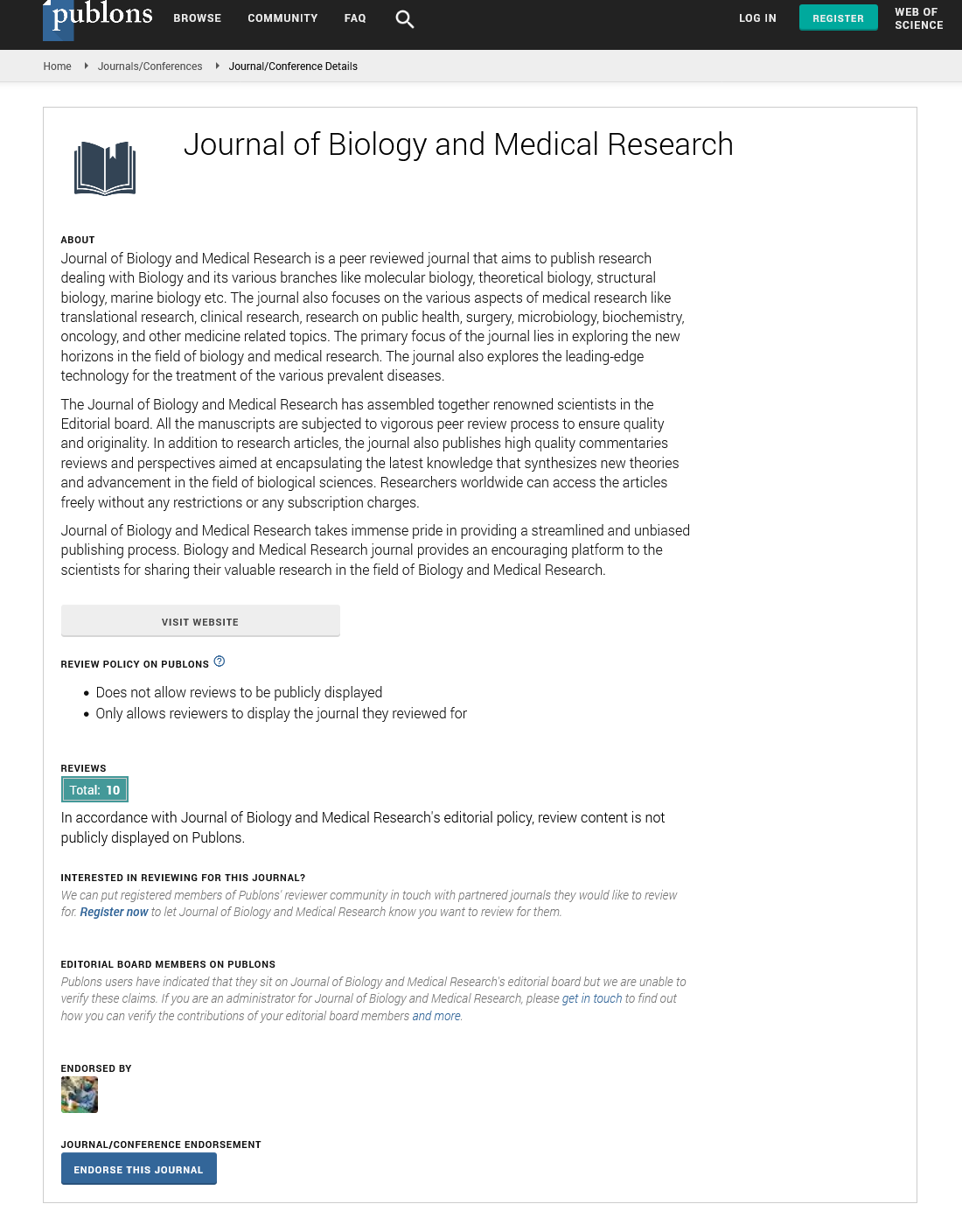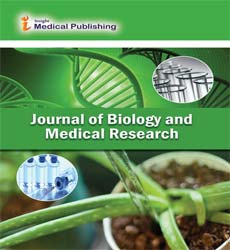Abstract
Chromocenters and Cell Thermoregulation
It is old-established fact that in interphase nucleus chromosomal heterochromatin regions (HRs) coalescent into a structure called chromocenters. However, their biological role in the life of cells is still unclear. Existing hypotheses link the possible biological role of chromocenters with the behavior of chromosomal HRs in the cell cycle. As is known chromosomes have both internal and external molecular activities, which are accompanied, inter alia, by some heat output. If for any reasons the temperature in a nucleus begins to exceed that in cytoplasm there is a need for dissipation of surplus heat outside the nucleus. To do this the nucleus has two options: increasing its volume or increasing the heat conductivity of the nuclear membrane. The first option is limited for obvious reasons. The second option is the more promising one should the heat conductivity of the nuclear membrane be increased somehow. Since the nuclear envelope consists of double-membraned extension of the rough endoplasmic reticulum, the nuclear membrane cannot essentially change its structure. But it is necessary to increase the heat conductivity of the areas of the interphase nucleus where high biochemical activity takes place. Apparently, Nature chose a very simple and effective solution: it increased heat conductivity of the nuclear areas where excess heat is produced into temporary structures in the form of chromocenters and nucleoli, connecting them with a peripheral layer of condensed chromatin around the nucleus. The essence of the proposed hypothesis is the assumption that the chromocenters, along with the nucleolus and the dense layer of peripheral condensed chromatin around the nucleus, participate in cell thermoregulation. Namely, chromocenters are involved in the removal of excess heat from the "hot” areas of the interphase nucleus through a dense layer of peripheral condensed chromatin in the cytoplasm.
Author(s): Abyt Ibraimov
Abstract | PDF
Share This Article
Google Scholar citation report
Citations : 80
Journal of Biology and Medical Research received 80 citations as per Google Scholar report
Journal of Biology and Medical Research peer review process verified at publons
Abstracted/Indexed in
- Google Scholar
- Publons
Open Access Journals
- Aquaculture & Veterinary Science
- Chemistry & Chemical Sciences
- Clinical Sciences
- Engineering
- General Science
- Genetics & Molecular Biology
- Health Care & Nursing
- Immunology & Microbiology
- Materials Science
- Mathematics & Physics
- Medical Sciences
- Neurology & Psychiatry
- Oncology & Cancer Science
- Pharmaceutical Sciences


